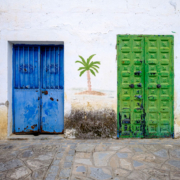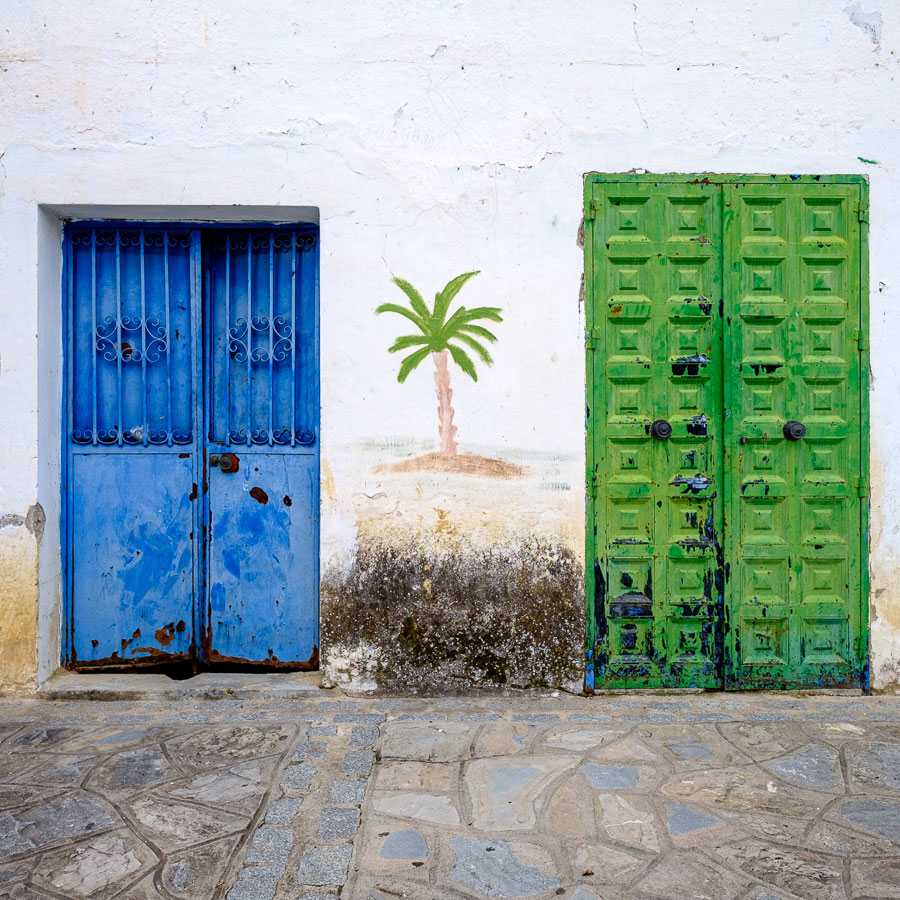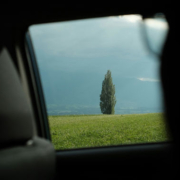Street Photography: Telling a Complete Story
While street photography can often seem like a stream of random and unrelated moments all jumbled together, the reality of the genre is the complete opposite of this.

The magic of street photography is taking these moments and weaving them together to create a feeling, tell a story or show a place—and often all three together. This is an art form within the art form of street photography, and the sky is the limit with what you can create.
So here are some tips to help you do all of this.
Create Collections:
Collections in Lightroom (and similar album systems for other programs) are an extremely important part of the editing process. For any idea or story that I have, I will create a collection, which allows me to keep my related photos in one place without physically moving them on my hard drive.

As I’m going through my work, if I see a photo that could work within one of these collections, I’ll drag it in there. Then I will go through these collections frequently to see what’s working and what’s not. I often delete photos from collections as well.
Grow Your Vision Organically:
The more I do this with collections, the more I find photographs that start to relate to each other in my work. As the collection progresses, it often changes drastically, and photos I loved at first just don’t fit anymore. It’s a fun, organic process that allows me to notice more when I’m out shooting, to find more photos that fit within these ideas.

Over time, this organic process grows more concrete and I can put words to what I’m doing. I notice more subjects that fit within the idea, and will then even be able to go searching for specific types of images to fit that theme.
Use the Star System:
I couldn’t live without the star system when editing my work and creating projects. This allows me to quickly pick out my best photos as well as the photos that I’m not sure about, so I can find them easily later.

Typically, I’ll give my photos either zero stars (which I’ll later delete), three stars (which are photos I’m not sure about) and five stars (which I love, at least initially). But the three-star photos are just as important as the fives. I often go through these folders months later and will find incredible three-star photos that I was not sure of at the moment, but with some time clearly stood out.
Create a Project:
So how do you come up with an idea for a project? There are a bunch of ways!

The first is to do it organically, as I mentioned earlier. Just go out and shoot a lot, go to new areas, revisit favorite places again and just build your archive. This is such an important step to give yourself time to find enough great moments and to also train your eyes.
After a while, you’ll start to notice photos that you relate to most and that relate to each other, and this will begin to spark loose ideas. You’ll start to find more and more moments that fit while you’re out shooting, and the idea and feeling in the work will grow organically until one day it becomes concrete.
The next way is to choose an area and tell the story of it. I typically recommend choosing the area where you live or just a place you frequent, obviously because this will give you the most time to shoot—after all, they’re the places you know the best.

Capture the people, the buildings, the general scenes, interesting details and even nature. Tell a complete story. Try to put your spin on how you feel about the place and what makes it unique (or not unique). Put your feelings into it.
And the final strategy is just to sit down and brainstorm an idea for a project. To help do this, I think doing photographer research is vital. Look through projects, photographers and photo books you love for inspiration to help spark the right idea. Jot them all down on paper and eventually one will stick!
Build a Book Mockup:
After some point, I’ll begin to go through my collections to sequence them, weave together a story and eventually create a mock book through the book module in Lightroom and Blurb. It’s such a fun experience seeing your hard work all bound together.












